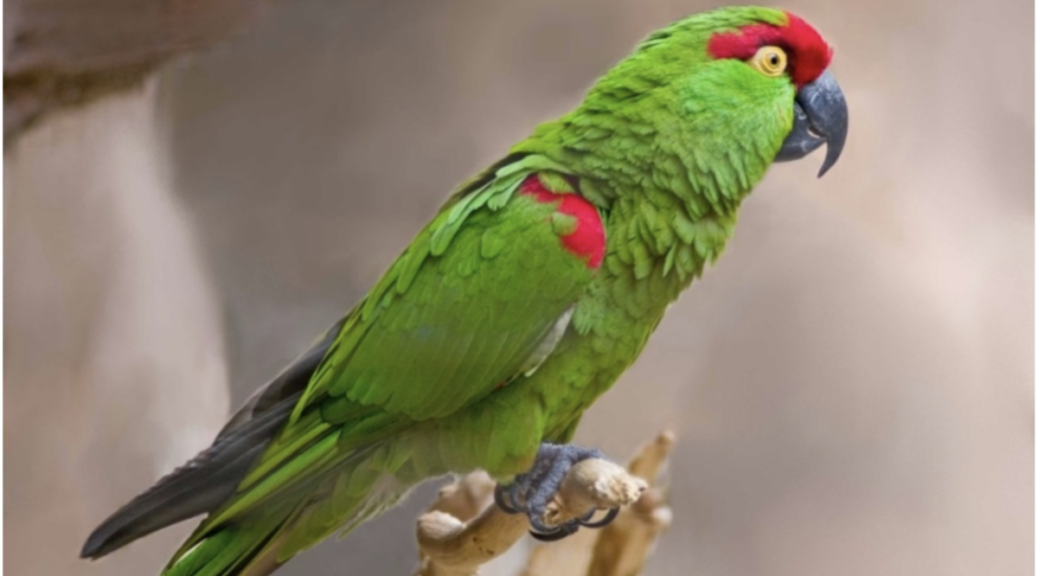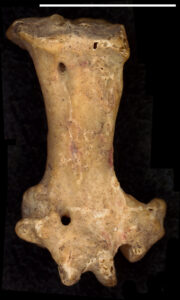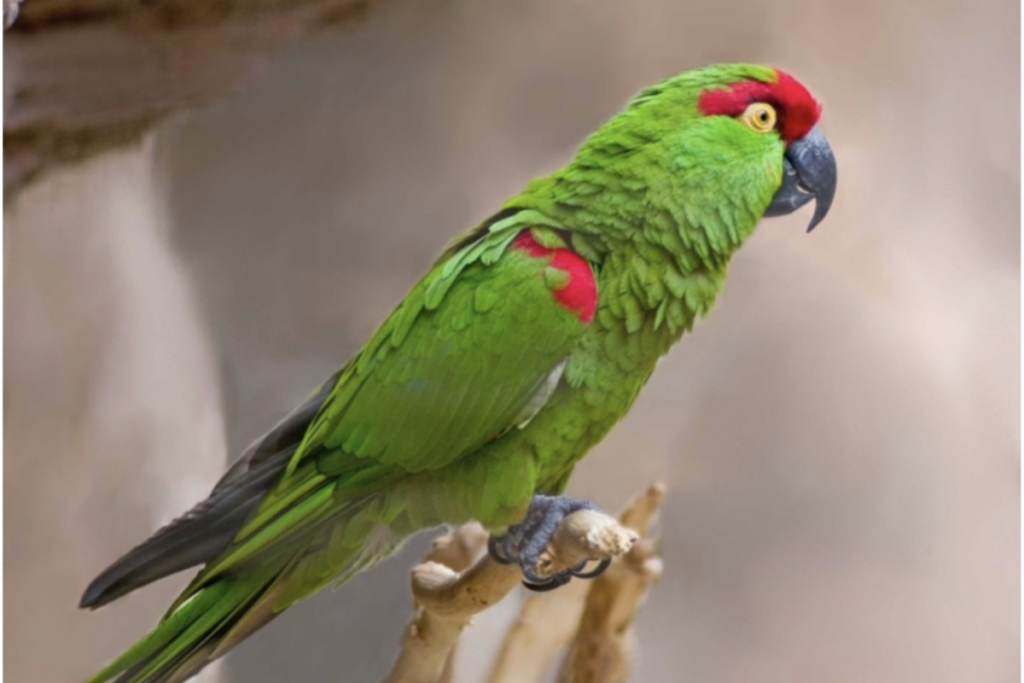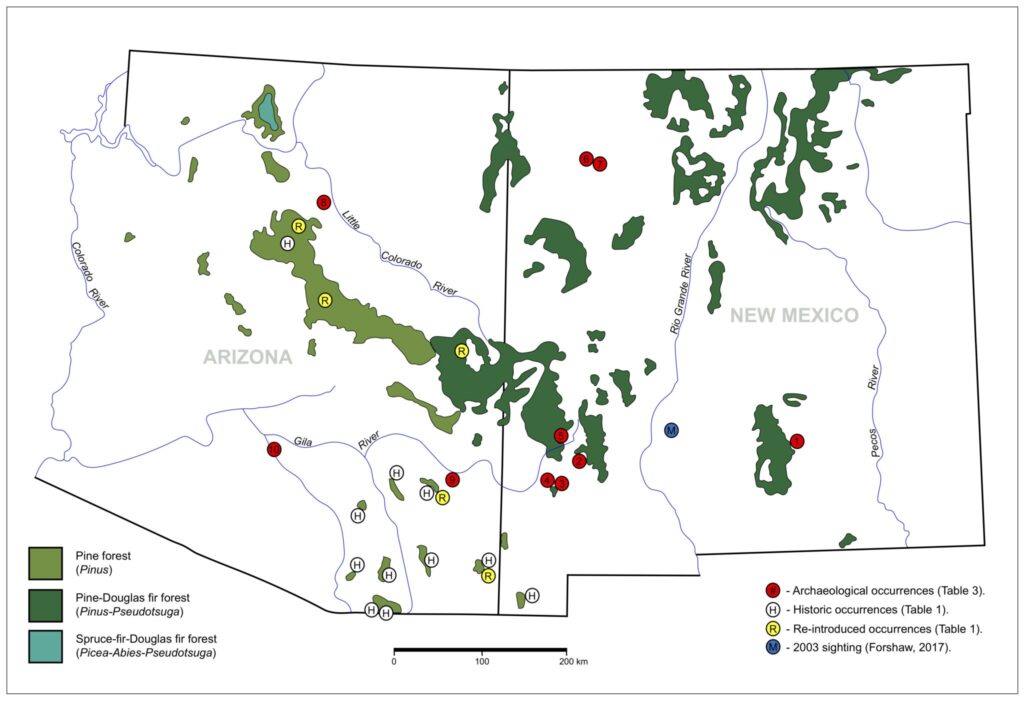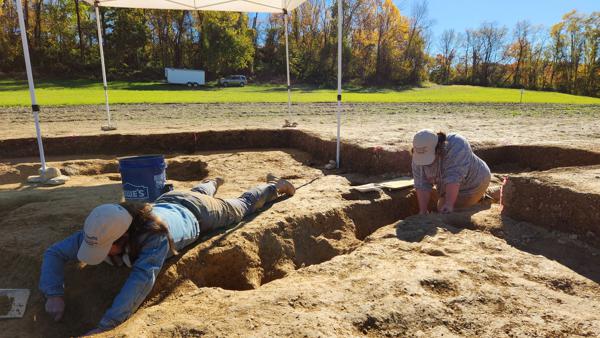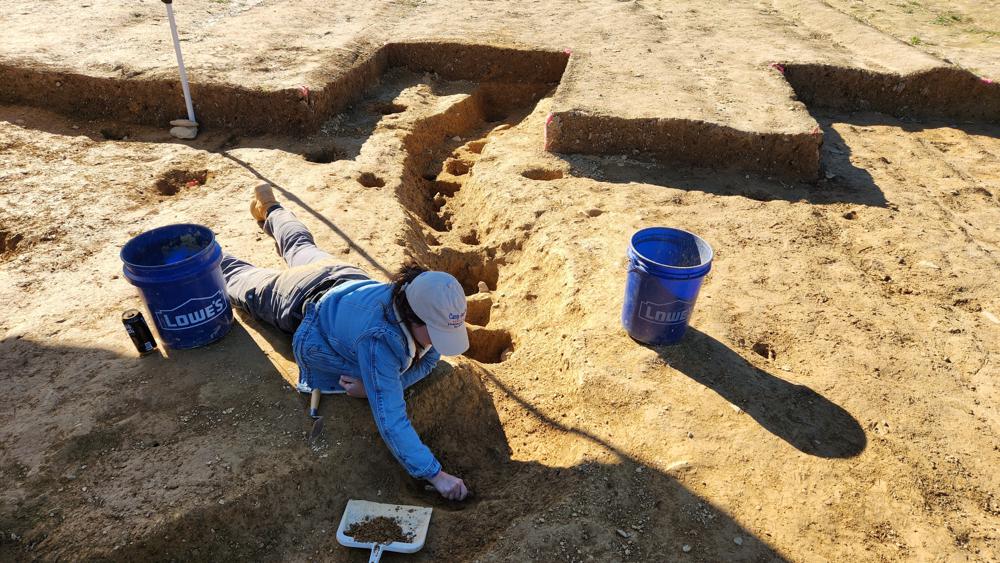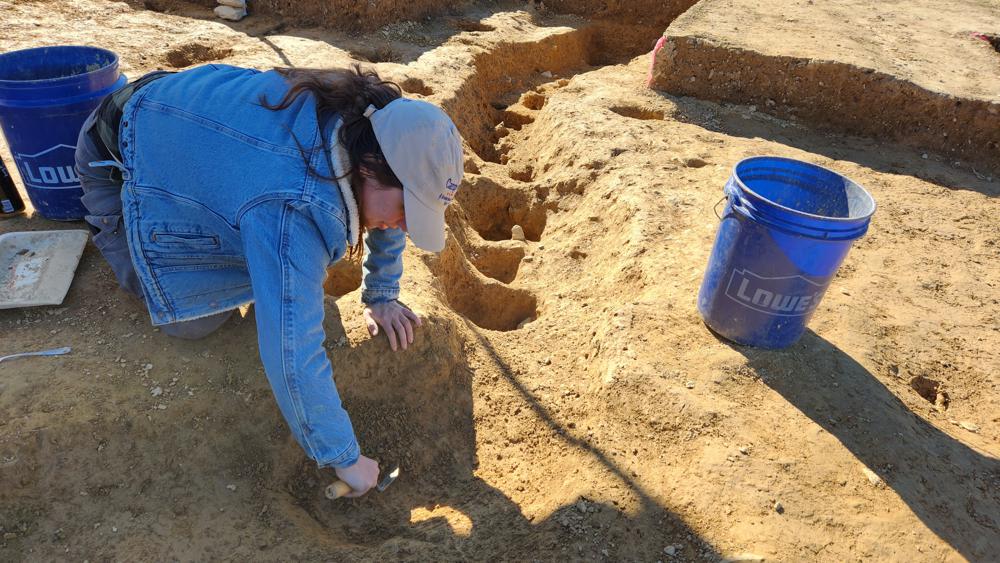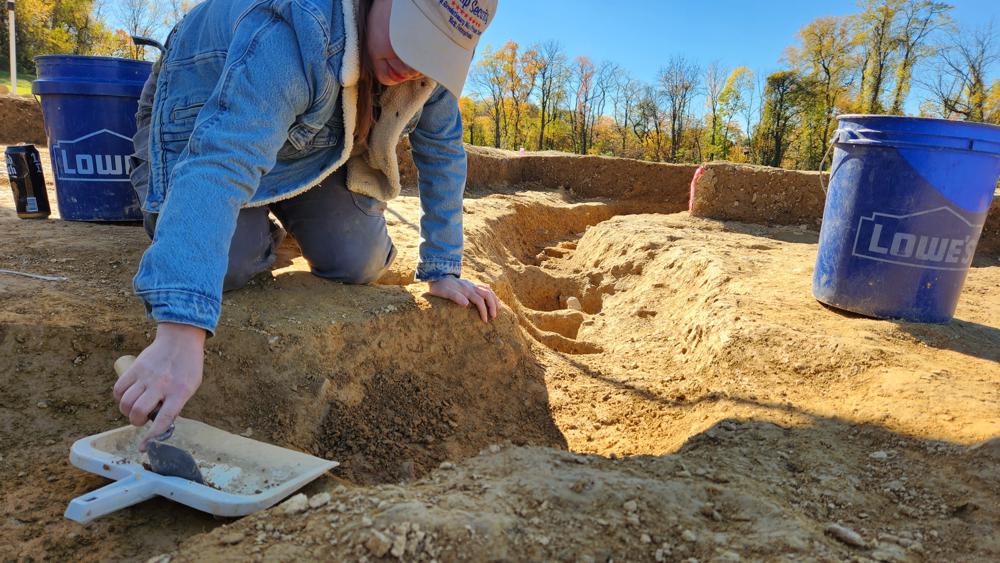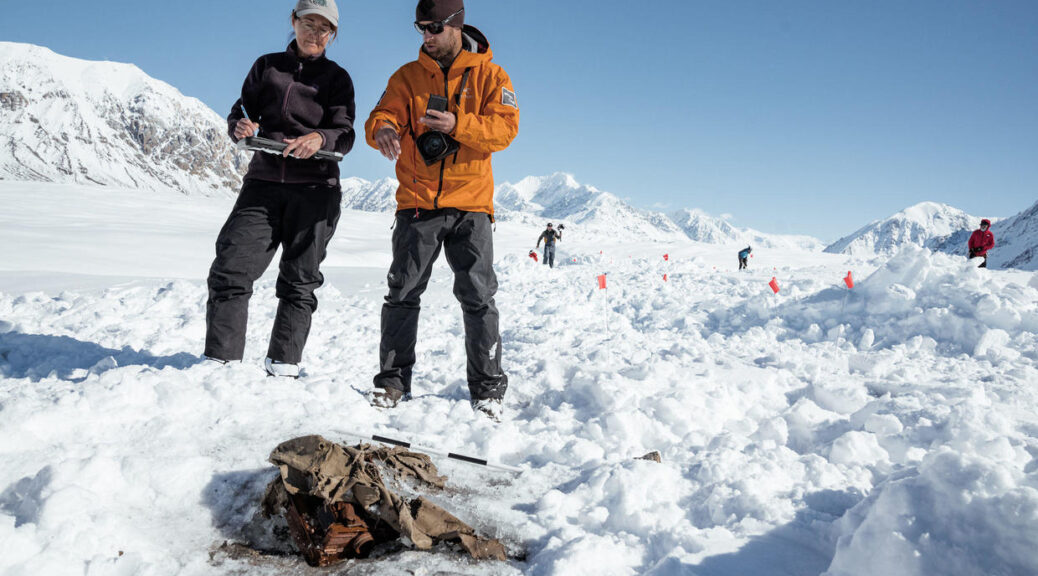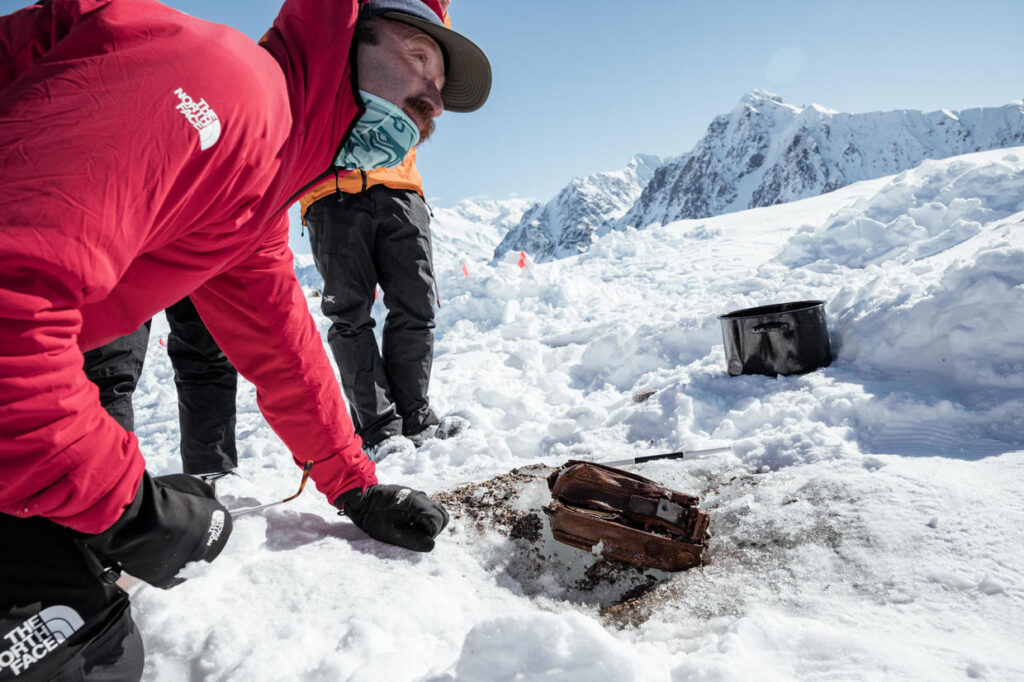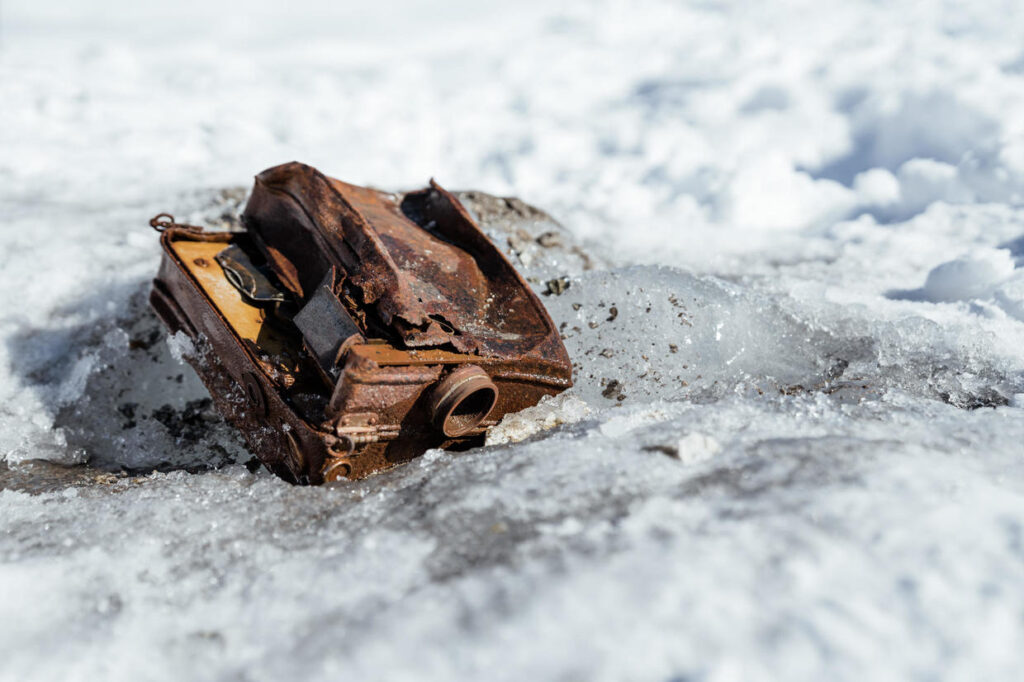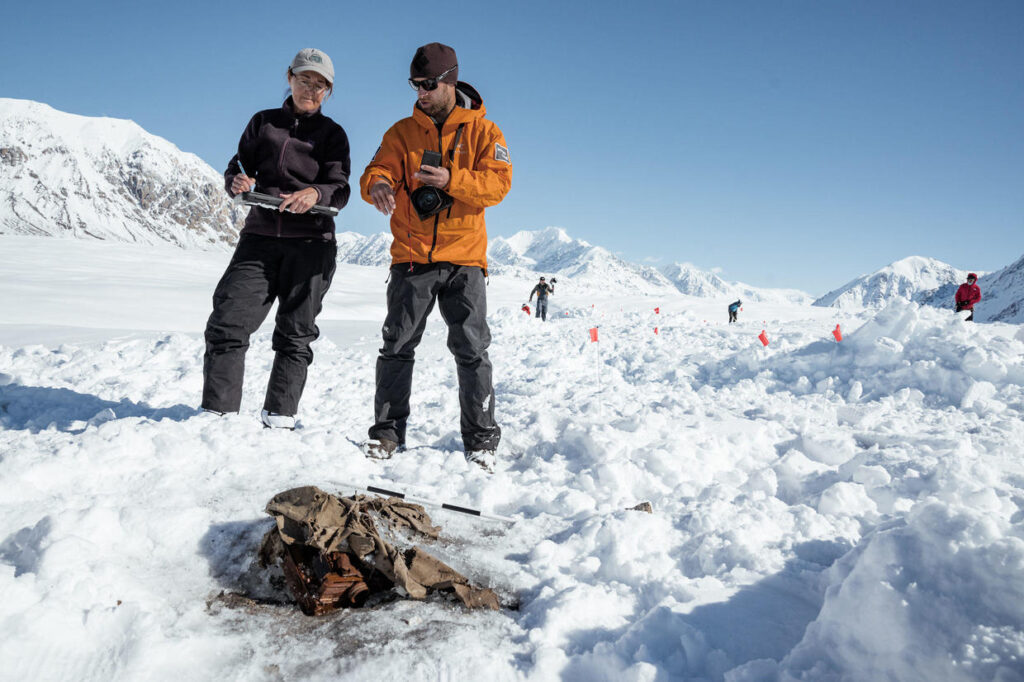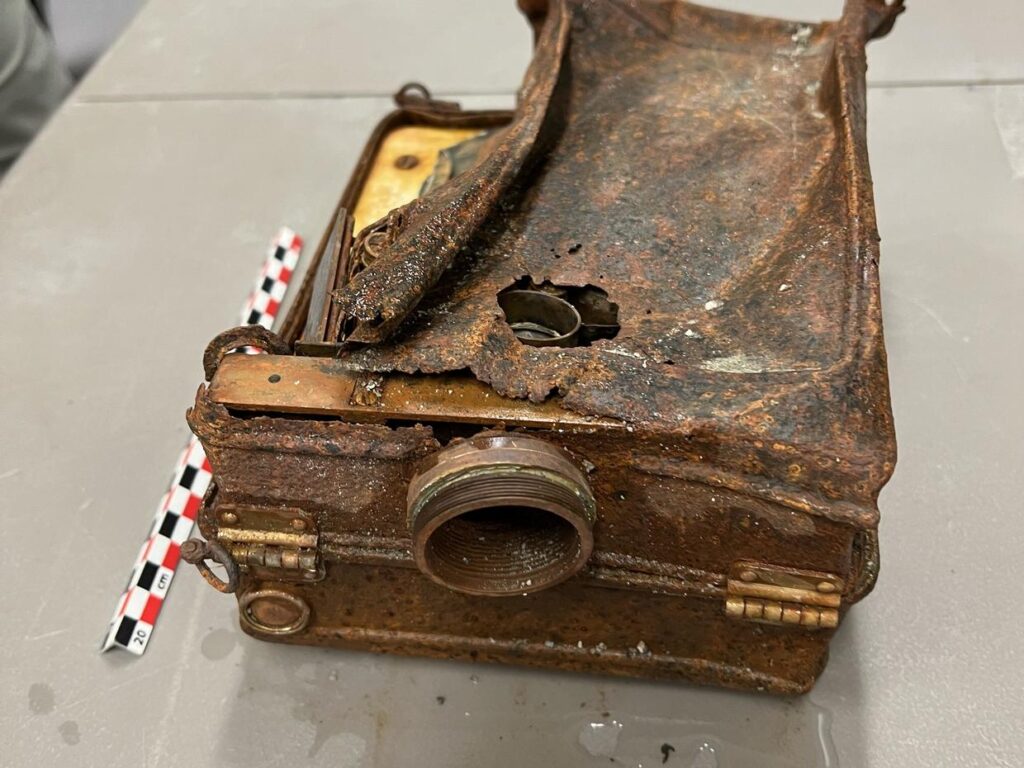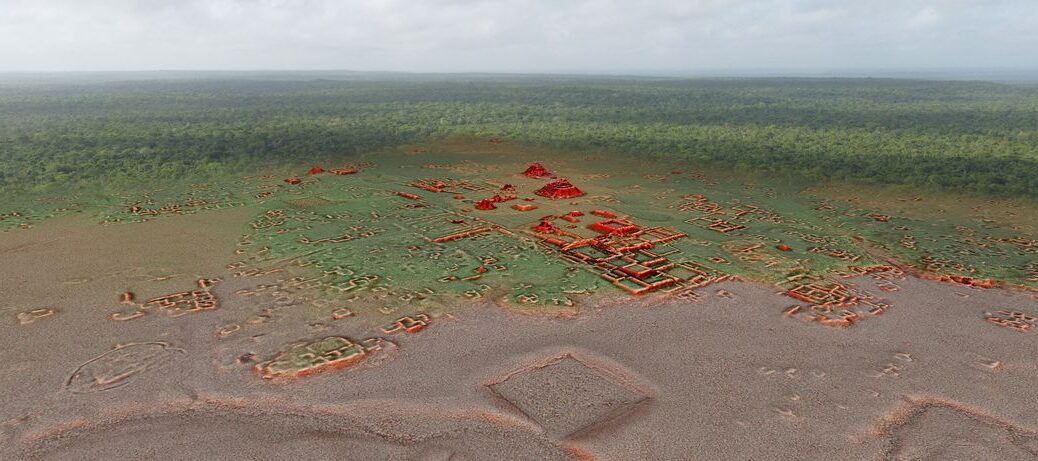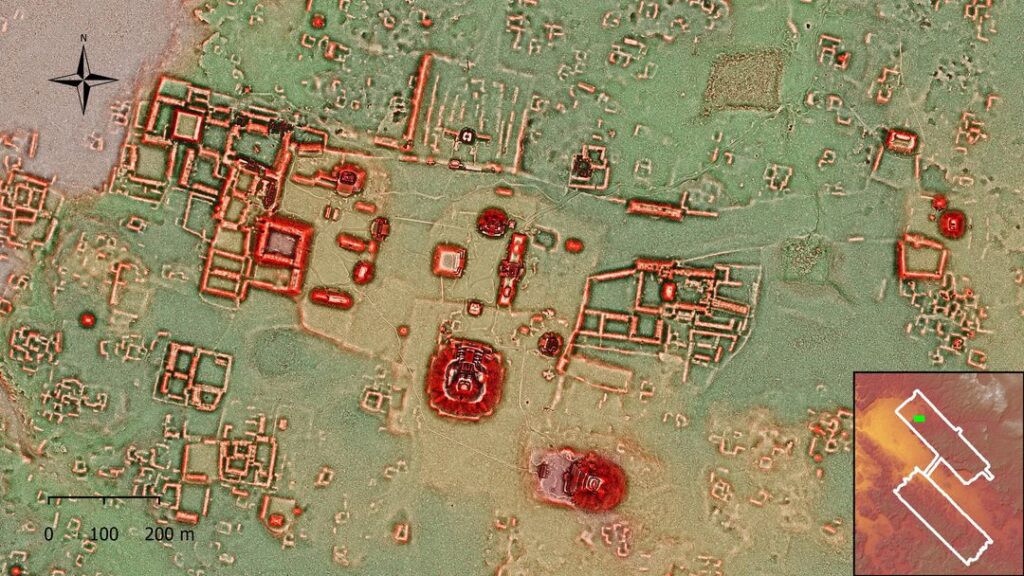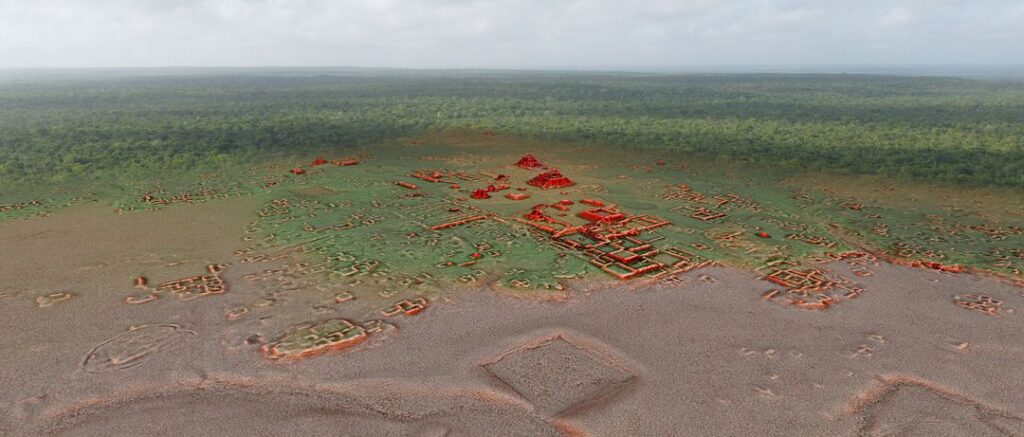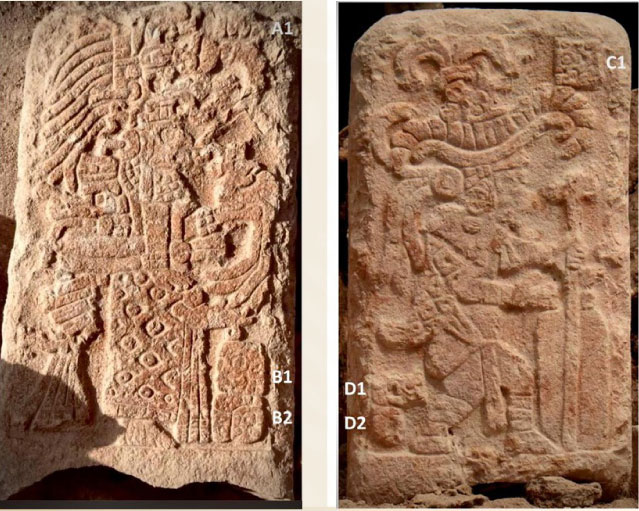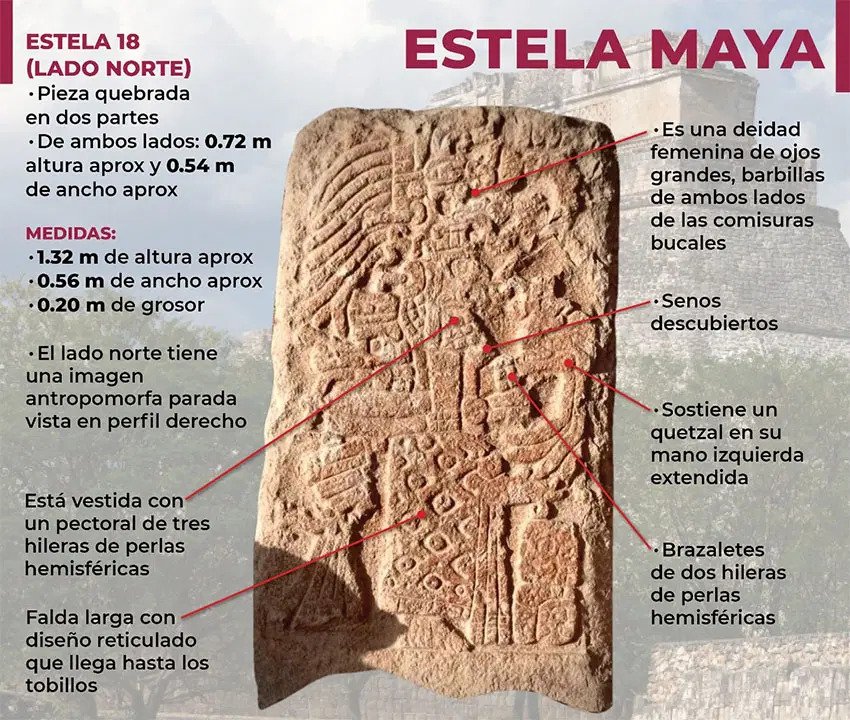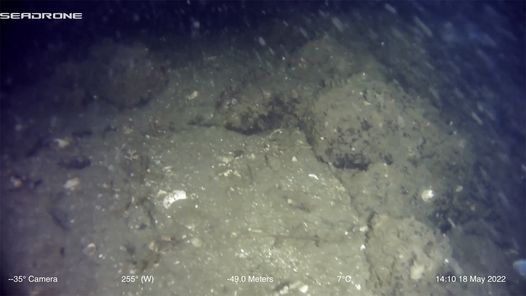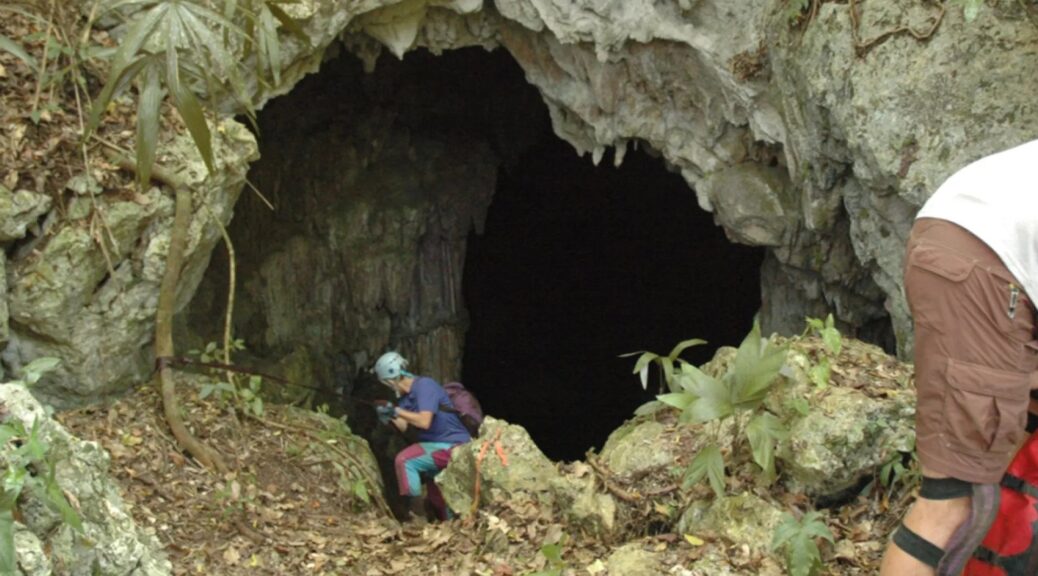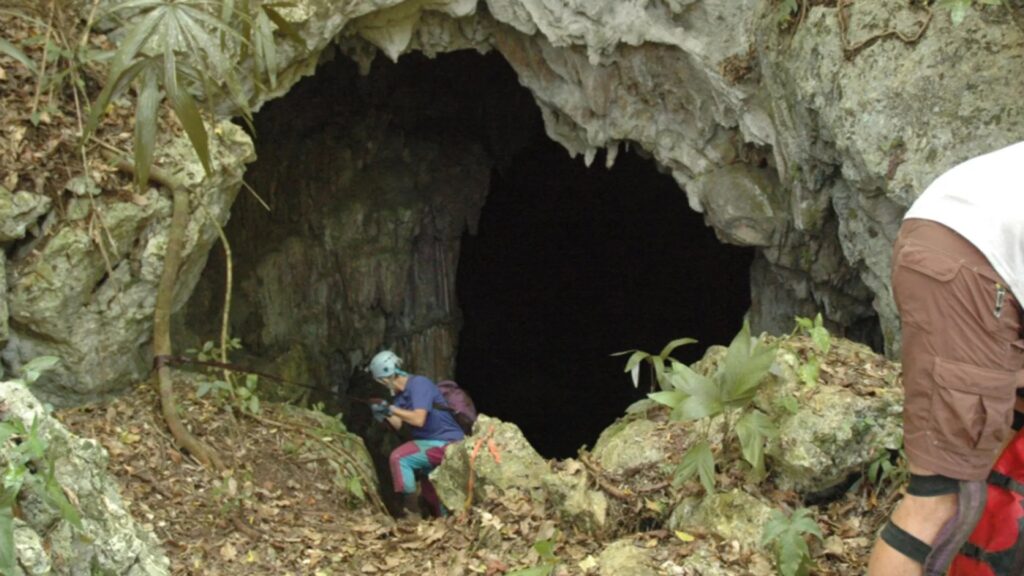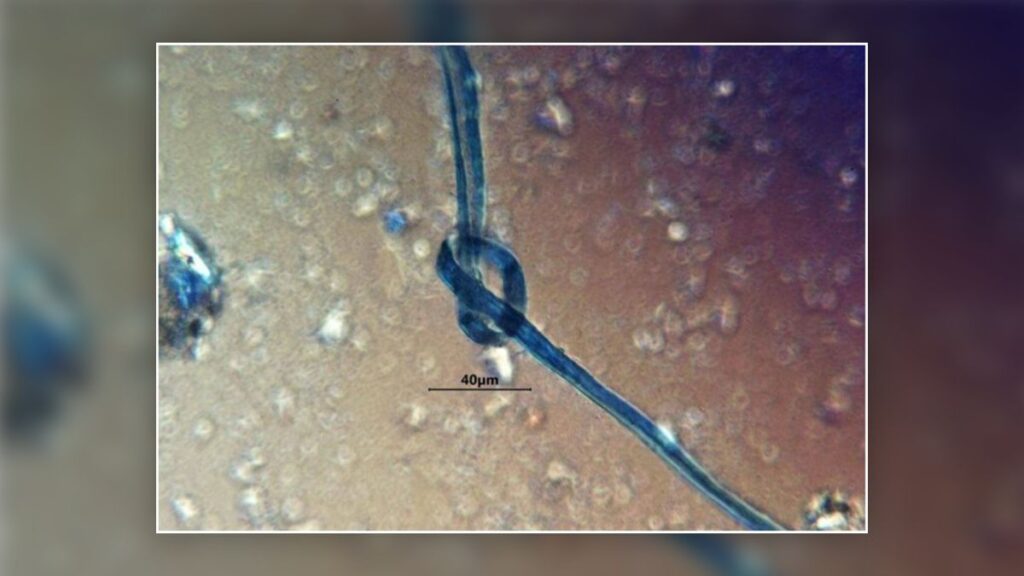Revolutionary War–Era Graves Unearthed in South Carolina

The bones came out, one by one, lifted from the earth by experienced hands, wrapped in foil and labelled, until the entire skeleton was liberated from this shallow gravesite. The coroners laid each package in a box. Someone unfurled a Maryland flag. Doug Bostick, executive director of the South Carolina Battleground Preservation Trust, offered words of thanks to the team.
“It’s so surreal,” he said of the find, “and real.”
Then his colleague David Reuwer voiced a loud cheer.
“Hip-hip …” he called.
“Hoozah!” came the collective response.
“Hip-hip …”
“Hoozah!”
“And for them, hip-hip …”
“HOOZAH!”
The box containing the remains of this Continental Army fighter from Maryland was carried slowly, in procession, to a nearby car as everyone gathered on this old battlefield stood respectfully, hand upon their chest.
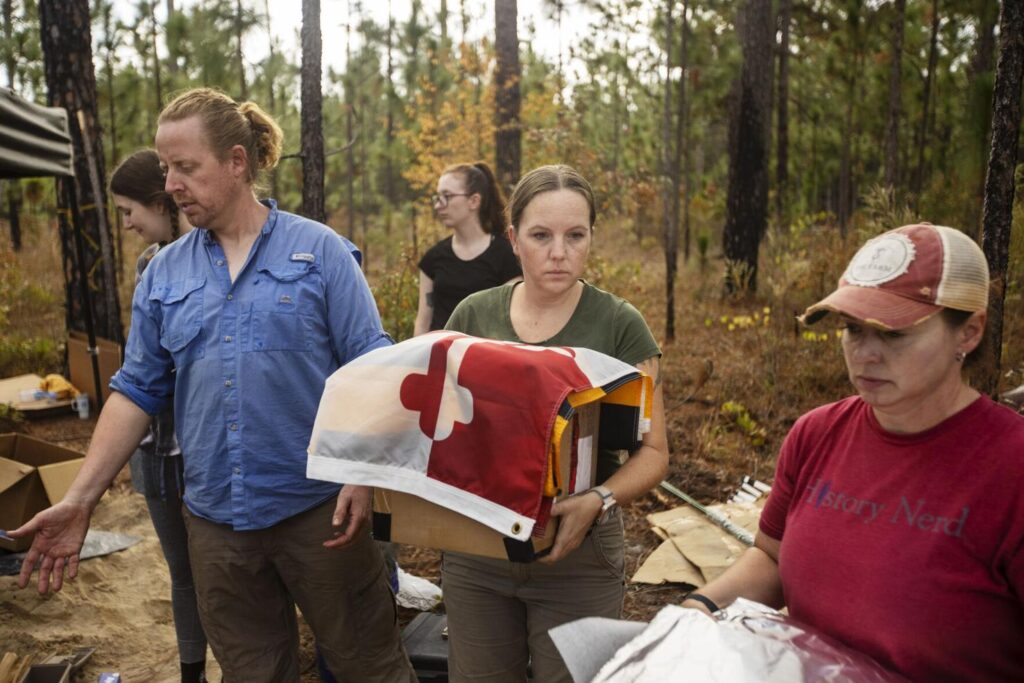
The soldier, one of 14 discovered here in recent months, surely died a miserable death. His bones, and the skeletal remains of four others hastily buried next to him, were reminders of war’s terrible violence and time’s indifference.
These young men had been lost to the sandy soil, their determination in the face of an overpowering enemy largely forgotten. The battle is known, but not the individual fighters — men of the 1st and 2nd Maryland Brigades, the Delaware Continental Army, Armand’s Legion, and Virginia and North Carolina militias. This archaeological and forensic work changes that. The human remains, tattered though they are, will go to the lab of University of South Carolina anthropology professor Carlina Maria de la Cova for extensive analysis that surely will reveal new information about the Battle of Camden, a disaster for Continental Army Maj. Gen. Horatio Gates and the men under his command on that hot summer day of Aug. 16, 1780.
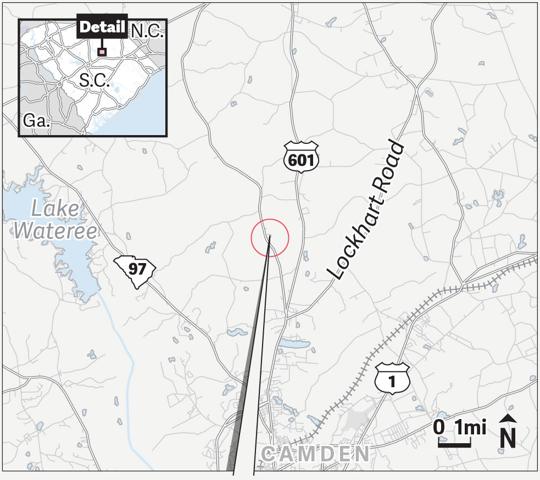
A project that began as an effort to remove artefacts and prepare a historic battlefield for public access became something else when the bones were discovered. Thirteen of the dead appear to have been artlessly buried before the wild hogs could get to them. The corpse of a British fighter was set deeper in the soil and formally laid out, perhaps by friends who took extra care. One of the 14 dead found here appears to have been a Native American who possibly was part of the North Carolina Royal Volunteers, a Loyalist militia unit.
Embedded in the broken bones were musket balls. In one set of remains found across Flat Rock Road, the lead ball lodged in the spine of a teenager, perhaps 14 or 15 years old. Archaeologists know this because of the growth plates visible at the ends of long bones. The boy with the shattered spine was one of at least two teenagers found during this dig. It’s highly unusual to exhume human remains from a historic battlefield, and even more unusual to find this many in one place, Bostick said. Generally, if bones are encountered, an effort is made to minimize activities that disturb them.
But this time, thanks to the expertise of forensic anthropologists from the Richland County Coroner’s Office and support from the Department of Natural Resources, the team determined to scrutinize their find in order to glean new information about the Camden killing field in which 3,700 Patriots and 2,230 British fighters and American Loyalists faced off. Plans already are afoot for a grand reinterment ceremony April 20-23. The bones will be returned to their original resting places, enclosed by pine caskets made in an 18th-century style and protected by vaulted graves.
The battle
By the time the dust cleared, some 1,900 men — more than half of the American forces — were dead or wounded. Perhaps 290 injured Patriots were taken, prisoner. Many of the rest, the inexperienced militiamen, had abandoned the battlefield so quickly, just a few suffered injuries. On the British side, about 70 men perished and 245 were wounded, representing about 15 per cent of Gen. Charles Cornwallis’ total forces.
The British had the advantage from the beginning. In May, they had finally captured Charleston, and to support the occupation of the city, Cornwallis established satellite garrisons, staging grounds and supply depots in the South Carolina backcountry, including a significant installation in Camden. Many of his fighters, therefore, were local, rested and ready for action.
Gates, determined to push the British out, marched his troops from Greensboro, N.C., starting that July. When Cornwallis heard about the approach of the Continental Army, he hastened from Charleston to Camden and organized his men.
The face-off was a mismatch, with experienced British regulars confronting a motley assortment of novice militiamen on one side of the battlefield. Gates’ men were hungry and tired; some were sick with dysentery. In the absence of proper rations and rum, they had been fed green peaches and molasses. When the militiamen threw down their arms, turned and fled, the Patriot side collapsed, though the Maryland and Delaware divisions attempted to hold their ground against the dominant British side.

Steven Smith, research professor at the University of South Carolina’s Institute of Archaeology and Anthropology, said he and colleague James Legg first started exploring the Camden battlefield with metal detectors in 1998. Over the years, they have found and plotted around 4,000 artefacts. During the COVID pandemic, they opted to spend much of the time in the open air with their equipment; it was an easy way to stay safe from the virus.
The site, several miles north of the city, was designated a National Historic Landmark in 1961 and placed on the National Register of Historic Places in 1966. The S.C. Battleground Preservation Trust secured nearly 300 acres and transferred ownership of the property to the Katawba Valley Land Trust in 2019. In September, the archaeologists started excavating for human remains. Collectors had told them about eight known burials. Legg found three sites; Smith found one. Then they encountered another, and another, until they had identified one double grave, one triple grave, one quintuple grave and four graves that each contained the bones of a single person.
“It was a disposal process,” Legg said. “The Continentals fought like Vikings in this battle, but they were overrun.”
It’s said that every battlefield is a burial ground. And there is little time for reverence.
The excavation
Bill Stevens, Richland County deputy coroner and a forensic anthropologist, is kneeling in the shallow gravesite with his two colleagues, Madeline Atwell and Rachel Baker. Loblolly pines tower overhead, but their spacing allows plenty of sunlight to reach the ground. A few flying bugs run accidentally into human obstacles.
The trio have exposed a cluster of five skeletons, digging delicately through the compact sand several inches beyond the bones that now are elevated atop earthen pedestals. Some of the appendages are intertwined and it’s difficult to determine which arm bone belongs to which individual. The dig looks like a miniature Bryce Canyon, except it wasn’t erosion that caused these formations, but an odd combination of human conflict and a researcher’s tiny spade.

The coroners already have removed nine sets of remains; this is the last gravesite to receive their meticulous attention. Gently, they insert the small blade between the sand pedestal and the skeleton, dislodging enough material to free the bone. These shallow burial sites have been disturbed over the decades by wild creatures, loggers, wagons, road workers and farmers. It’s remarkable that the skeletal remains are intact.
Inside this grave, archaeologists find more than bones. A beautifully made arrowhead, thousands of years old, is lodged in the sand. Several musket balls, the cause of injury and death, are clearly visible. Pewter buttons embossed with “USA” lay among the other objects.
The number of interested spectators is growing. Charles Baxley, chairman of S.C. American Revolution 250th commission has arrived, along with Bonnie Moffat, state regent of the Daughters of the American Revolution. Baxter is overseeing an ambitious project to educate residents and visitors about the war and the founding of the nation. The work here will become an important part of the commission’s narrative, he said.
“These are America’s first veterans, and these veterans were unceremoniously dumped into a hole,” he said.
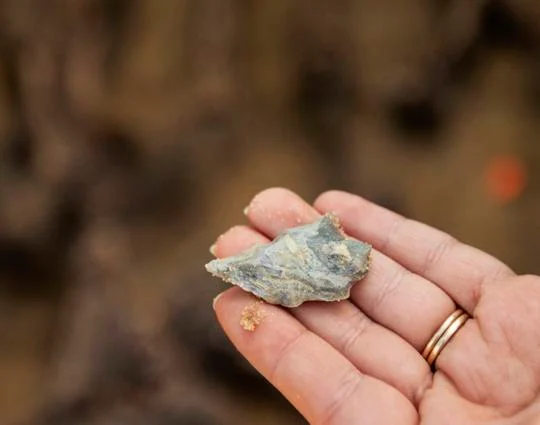
Moffat said her organization is arranging to install perhaps 10 historic markers at battlefields across the state in conjunction with the 250th-anniversary celebration. Each marker costs about $4,800, she said. One is planned for Camden.
The S.C. Battleground Preservation Trust has been busy in recent years securing several properties and arranging for public access. It has been partnering with the nonprofit American Battlefield Trust, based in Washington, D.C., to develop the Liberty Trail, a network of Revolutionary War sites in South Carolina. A website, https://www.battlefields.org/learn/maps/liberty-trail, features details about the various historic confrontations and provides maps for those interested in visiting these sites. Now the trust is raising money, as much as $250,000, to help pay for the Camden project and reinterment events, Bostick said.
The reinterment
Battlefield archaeology is a relatively new field of study, Legg said. The first big project took place in 1984-85 at the site of Gen. George Armstrong Custer’s last stand at the Battle of Little Bighorn in Montana. A grass fire ignited by a tossed cigarette had exposed artifacts and inspired scholars to investigate the area, Legg said. They found a lot: spent cartridges, fired bullets, personal items and human remains.
In 1988, Legg and Smith performed excavation work at a Civil War battle site on Folly Island where they discovered, and removed, 19 sets of human remains, including what was left of the Black soldiers of the 55th Massachusetts Regiment who died there. This was one of the first formally organized Black units to fight on behalf of the United States. Legg and Smith arranged for a reburial at the Beaufort National Cemetery. The Camden battlefield now is well-marked with stakes indicating the top of the head and the bottom of the feet of each skeleton exhumed so archaeologists know precisely where the custom pine caskets sealed with hand-wrought nails are to lay, Smith said.
This will be no ordinary reinterment.
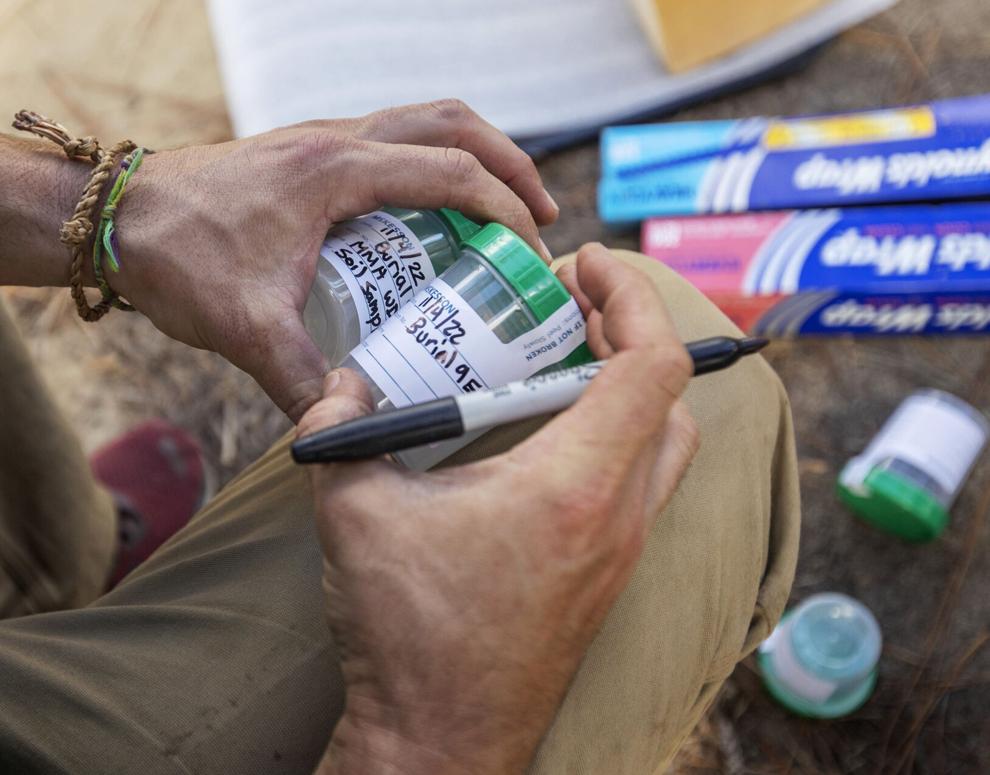
After about five months of study in the lab, the skeletal remains unearthed at the old battlefield will lie in state at the Kershaw-Cornwallis House from April 20 until the morning of April 22, Bostick said. On April 21, reenactors will set up an encampment by the house. An outdoor concert is planned for that evening.
The next morning, participants will process a mile north to Bethesda Presbyterian Church for a joint Anglican-Presbyterian religious service honouring the fallen soldiers. That afternoon, people will gather at the battlefield for a secular ceremony and reburial. Organizers have informed Gov. Henry McMaster of the events, and they have reached out to the state’s congressional delegation and to British officials. Horse-drawn caissons already are reserved.
Bostick said he expects some or all of the events to be live-streamed.
The X-rays and strontium isotope analysis likely will shed light on exactly how these men died, their age at the time of death, and the precise circumstances of their death. The DNA analysis will take a bit longer to complete, perhaps returning results during the summer.
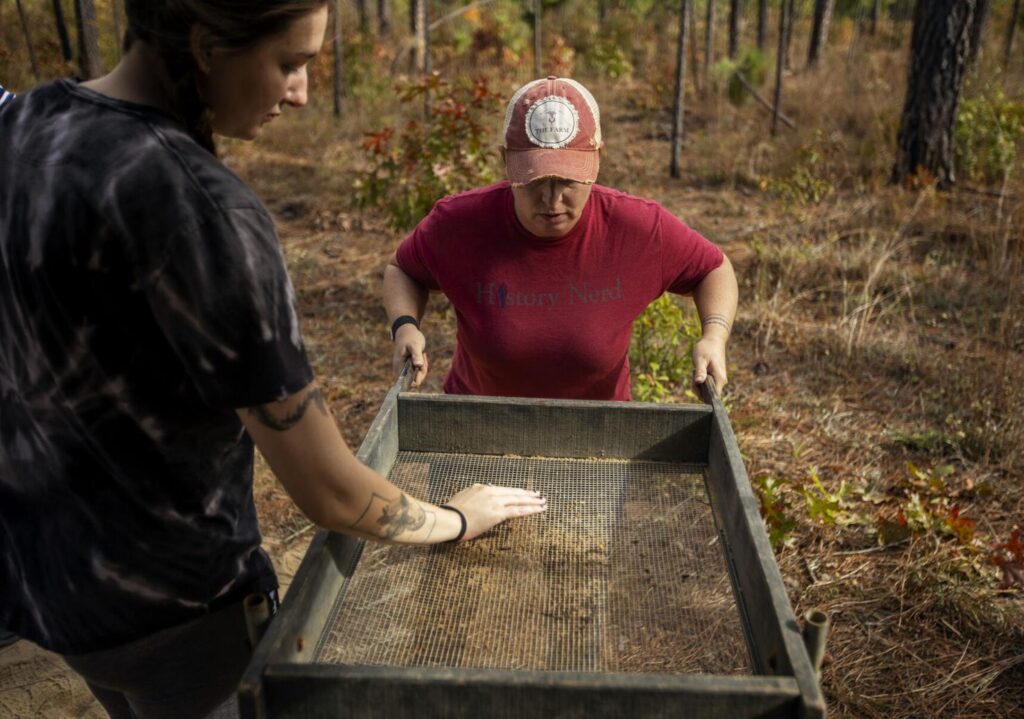
The Battle of Camden “is the outstanding symbol of a series of disastrous setbacks suffered by the American side in the South during The War for Independence,” the National Park Service noted on its National Registry of Historic Places nomination form. “These losses, the surrender of Charleston, the wipe-out at Waxhaws, and then Camden, represent the lowest point to which American fortunes sank in that struggle.”
It was a rout that prompted Gates, the commanding officer, to flee along with many of his men, abandoning the now outnumbered Continental regulars to their fate. Their commander, Maj. Gen. Johann de Kalb, was mortally wounded. Congress wanted an inquiry into Gates’ actions, but it never came to pass. Gates was reassigned and Gen. Nathanael Greene assumed command of the Southern forces. It was a consequential change of leadership, a turning point in the war. Over the next two years, Greene and the fighters he commanded succeeded in driving the enemy from the Carolinas and Georgia. On Dec. 14, 1782, the British completed their evacuation of Charleston, boarding ships at Gadsden’s Wharf and sailing off. The war was coming to an end.

